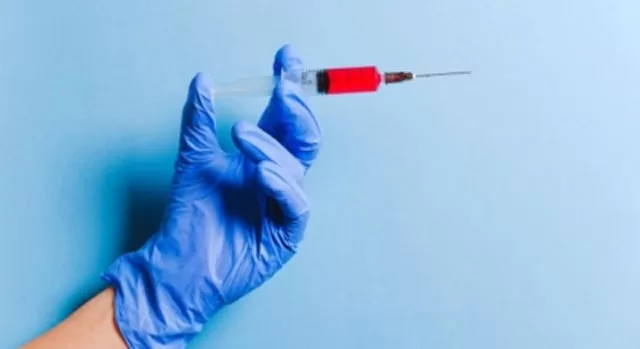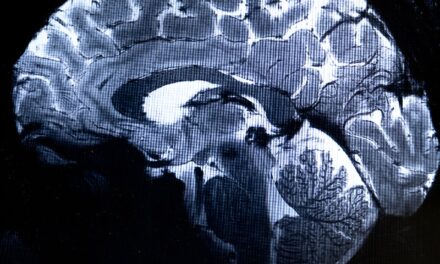October 1, 2024 — In a significant move to improve pediatric pain management while addressing concerns about opioid addiction, the American Academy of Pediatrics (AAP) has released its first-ever clinical practice guideline on prescribing opioids to children. The guideline, published Monday in the journal Pediatrics, provides detailed recommendations for pediatricians on how and when to prescribe these powerful painkillers, emphasizing both the necessity of opioids in certain cases and the precautions required to mitigate risks.
The guideline calls on pediatricians to prioritize non-opioid medications, such as acetaminophen and ibuprofen, and non-pharmacological approaches, including physical therapy, for children experiencing mild to moderate pain. However, when stronger pain relief is necessary, opioids should be prescribed with care, and always in combination with these other pain management strategies.
“There’s been a big pendulum swing in the practice of medicine over the last two decades — first with opioid overprescribing, then with a huge cutback in opioid prescribing, likely leaving some children’s pain undertreated,” said Dr. Scott Hadland, lead author of the guideline. “We want pediatricians to prescribe opioids when they’re needed,” he added, stressing that untreated pain can lead to long-term psychological harm if not properly addressed.
To ensure safe use, the AAP recommends that pediatricians routinely prescribe naloxone, a life-saving drug that reverses opioid overdoses, alongside any opioid prescription. This marks a significant shift in clinical practice, underscoring the commitment to minimizing the potential dangers of opioid misuse.
Focus on Safety and Education
The guideline also stresses the importance of educating both patients and caregivers about the risks and benefits of opioids. Along with pain control therapies, families should receive detailed instructions on safe medication storage and disposal, as well as how to recognize the signs of an overdose and administer naloxone if necessary.
“We need to take steps to reduce the long-term risk of addiction while ensuring children’s pain is treated adequately,” Hadland noted.
Additionally, the guidelines impose several restrictions on the use of certain opioids, including codeine and tramadol. These medications, which are only FDA-approved for use in adults, should not be prescribed to children under 12, or to those aged 12-18 with specific chronic conditions. The use of these drugs is also discouraged in patients younger than 18 after tonsillectomy or adenoidectomy, and in breastfeeding patients.
A Balanced Approach to Pain Management
The new guidelines aim to strike a balance between managing pain effectively and preventing the overuse or misuse of opioids in pediatric care. By incorporating non-opioid treatments, utilizing naloxone as a safety measure, and educating families on the safe use of these drugs, the AAP hopes to address both the short-term and long-term risks associated with opioid prescriptions.
As opioid misuse and addiction continue to be a national concern, the AAP’s recommendations offer pediatricians a comprehensive framework for prescribing these medications responsibly, ensuring that children receive the pain relief they need without undue risk.
The full guideline is available in the October issue of Pediatrics and is expected to shape pediatric pain management practices for years to come.











